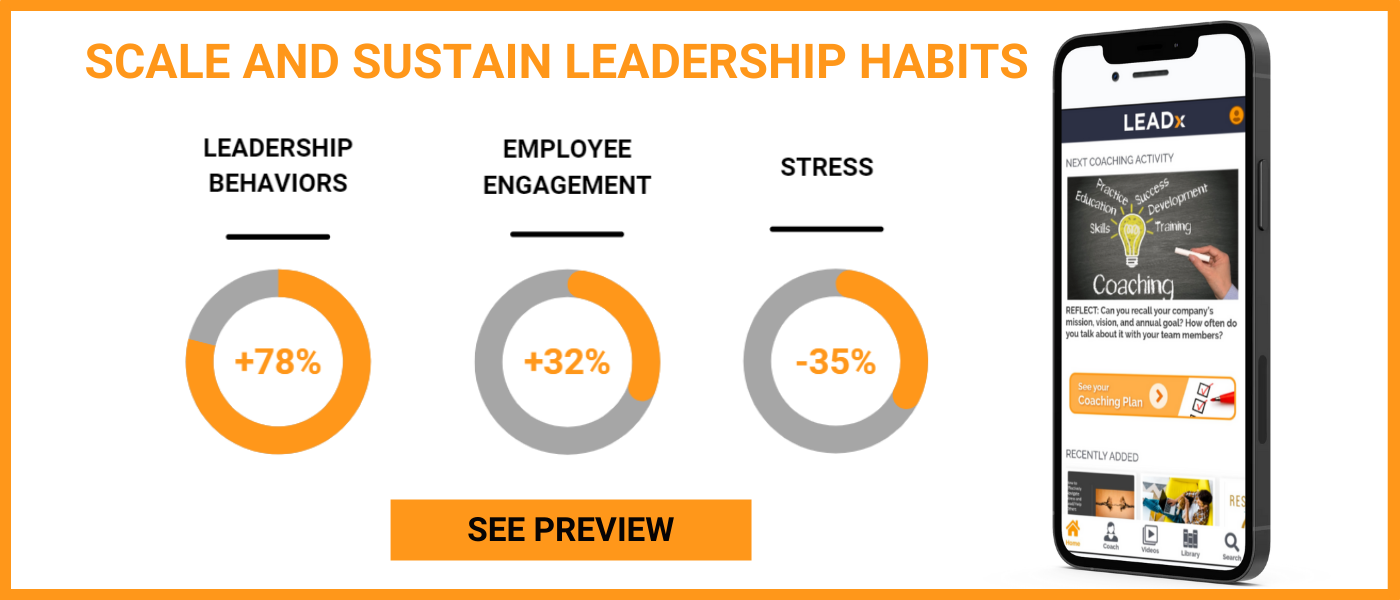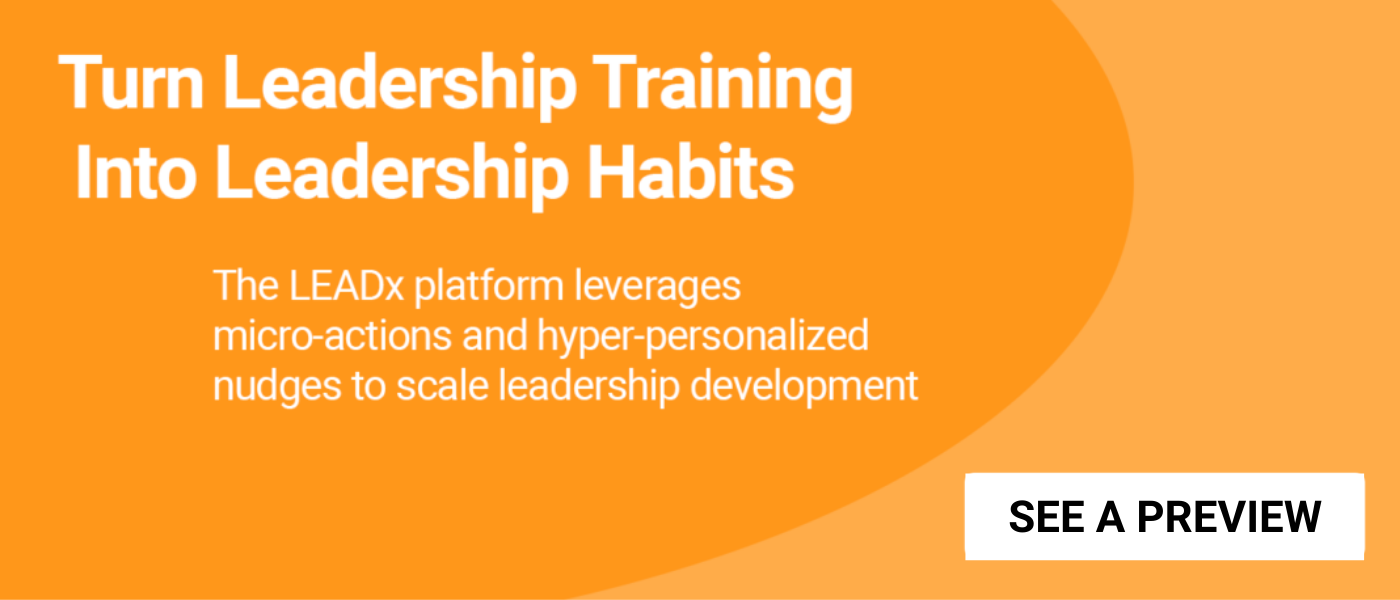
Emotional intelligence (EQ) is difficult to train. As Annie McKee writes for the Harvard Business Review, “EQ is difficult to develop because it is linked to psychological development and neurological pathways created over an entire lifetime. It takes a lot of effort to change long-standing habits of human interaction.”
 The good news is that companies have been training EQ for decades. And the research shows not only that EQ training is effective, but also how to make it effective. As EQ expert, Dr. Daniel Goleman explains in his latest book Optimal, “A host of strong studies were done…If a training program is well designed and implemented effectively, adults can increase their EQ and maintain those increases as time goes on.”
The good news is that companies have been training EQ for decades. And the research shows not only that EQ training is effective, but also how to make it effective. As EQ expert, Dr. Daniel Goleman explains in his latest book Optimal, “A host of strong studies were done…If a training program is well designed and implemented effectively, adults can increase their EQ and maintain those increases as time goes on.”
In the chapter of Optimal entitled “EQ Training That Works,” Goleman shares a range of powerful studies:
- Medical residents saw patient satisfaction increase after EQ training.
- Pharmaceutical reps who received EQ training outperformed those who didn’t in sales revenue.
- Midlevel managers saw improved job satisfaction, decreased stress, and improved general health after EQ training.
But simply offering EQ training isn’t enough. You need to approach training in a way that helps your learners change their behavior. To do so, Goleman recommends five key ingredients.
The Five Ingredients of Successful EQ Training
After decades of studying the most successful EQ training programs, Goleman observed five critical ingredients:
- Highly motivated participants. The best EQ training programs actively increase and sustain engagement throughout the program. One example Goleman offers is of a program that employed weekly email nudges to increase and extend engagement. Each week, participants received two emails. The emails encouraged learners to practice a specific part of the course.
- Ten or more hours of training, spaced out over time, with periodic booster sessions. “The more hours of training, the better,” Goleman writes. By spreading training hours out over time, you can help make learning stick.
- Ongoing practice and reinforcement. Goleman points out that EQ is a behavioral skill. This means, that like basketball or golf, practice is the key to mastery. The more you practice, the more EQ will become engrained in your day-to-day approach.
- Social support. For executives and high-level leaders, Goleman recommends one-on-one coaching. As you scale, he recommends employing regular cohort-based meetings. These meetings serve as an opportunity to talk about on-the-job learning. At my company LEADx, for example, we create a space for social support with monthly group coaching sessions. We also use a text-based platform where leaders can message directly with an expert EQ coach. This enables leaders to ask questions, role play challenging scenarios, and seek out advice.
- Active modeling and support of key organizational leaders. The more top executives engage with and actively support EQ training, the more employees will value it. Goleman shares an example where an EQ coach delivers the same session at two different companies. The session is much more effective at one company than the other. The main difference? At one company, the CEO kicked off the session then left. At the other, the CEO kicked off the session then actively participated in it until the very end. The second training program, of course, was the effective one.
“Not all training programs need to be alike, and not all need to incorporate every one of the five ingredients,” Goleman writes, “But the more ingredients they do incorporate, the more likely it is that they will work.”
Examples of Successful EQ Training
There is no one “right” way to train EQ. To inspire you, here are a few examples Goleman shares. Each is unique. All are successful.
- The “ideal self” approach at Case Western. Researcher Richard Boyatzis teaches EQ at Case Western’s MBA program. The program kicks off by asking participants what their “ideal self” would look like in five years. Then, participants take a 360 EQ assessment to get a strong sense of their strengths and areas for improvement. After that, participants connect the results of their 360 assessment to their ideal self. How can their strengths help them reach that ideal? How about areas for improvement? Finally, participants practice. Boyatzis has seen his students show exceptional emotional intelligence, even seven years after this program.
- Learning circles for leaders. A group of leaders in Chicago (pulled from a variety of businesses) met on a monthly basis. Each month, one person shared their biggest current challenge. After the presentation, other leaders were invited to share similar experiences. Then, other leaders were asked to offer advice. After two years, leaders showed significant improvements in EQ.
- Sessions by EQ competency. In a third example, Goleman broke training down into multiple sessions, one for each EQ competency. Participants learned about that competency and then were given daily exercises to practice. A meta-analysis (a study looking at many relevant studies) of Goleman’s approach shows that it works. It has helped improve EQ for a variety of audiences—from MBA students to managers, executives, and even cricket players.
The Takeaway: To Improve EQ, You Have to Build Habits
The key ingredients of “successful EQ training” all share something in common: They help participants practice. Practice is what makes learning stick. Practice is what it takes to shed yourself of a low EQ habit and replace it with a high EQ habit. So as you create or outsource your EQ training, ask yourself one question: “How will this help my learners practice?”






